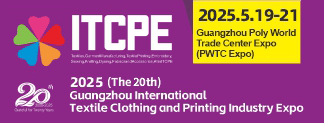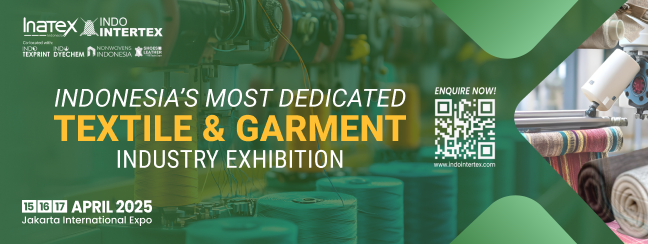• Visit Stand 1340 for new fibres addressing performance and sustainability priorities
• Explore our collaboration approach for nonwovens, leveraging extensive R&D capabilities
• Access bio-circular fibres with a negative carbon footprint, supported by ISCC Plus certification
Beaulieu Fibres International puts forward its sustainability ambitions at INDEX™23, offering nonwoven producers the support of its full range of resource-saving and carbon footprint-reducing bicomponent fibres for industrial and hygiene applications.
“In our approach to offer fibres that build futures, we prioritize the delivery of a fit-for-purpose performance fibre that also embraces circular economy and boasts sustainability-related properties. Through collaboration, and by leveraging our R&D capabilities, we can help nonwoven producers to take positive steps towards their sustainability targets and product performance goals”, comments Maria Teresa Tomaselli, General Manager, Beaulieu Fibres International.
Material & carbon footprint reduction with Meralux®
For more sustainable hygiene nonwovens, INDEX™23 visitors are invited to discover the Meralux® BICO TRILOBAL class of fibres, enhancing raw material savings, nonwoven basis weight reduction, significant CO2 reduction, and recyclability potential. With their particular cross-section shape, these unique polypropylene/polyethylene fibres achieve a reduced weight of fibres with the same fibre coverage compared to a round BICO PP/PE fibre. Savings of up to 54% fibre use can be achieved, resulting in a 57% carbon footprint reduction(1). Meralux BICO TRILOBAL fibres offer possibilities for higher opacity, higher bulkiness and improved liquid management, to bring significant improvements to the dryness of nonwovens for hygiene applications. Moreover, the fibres are designed for recycling thanks to the use of polyolefin polymers.
Save energy and water consumption with UltraBond
On the path towards 100% recyclable industrial applications, choose UltraBond, Beaulieu Fibres International’s innovative bonding staple fibre to gain a significant ecological footprint reduction for 100% polyolefin nonwoven products and eliminate the need for latex or other chemical binders.
Nonwoven producers benefit from a reduction in production and energy costs, and ultimately from a lower carbon footprint, as processing UltraBond requires no water and happens through thermal bonding, a 100% dry process.
This “greener” production process is highlighted in Rewind event carpet, a 100% PP needle punched flooring solution. During production it requires 85% less energy and 100% less water, and generates 55% less CO₂ compared to traditional event carpets (2).
Progress in the move away from virgin fossil-based fibres for nonwovens
As of March 2023, Beaulieu Fibres International is able to offer bio-circular products from all three manufacturing sites. The ISCC Plus certifications for both the Belgian and Italian plants confirm to the nonwoven market that the development of sustainable fibre solutions with a negative carbon footprint is now possible.
Touch & Feel
There are samples to discover at Beaulieu Fibres International’s INDEX™23 Stand 1340.
Be the first to share feedback on Beaulieu Fibres International’s newest technology demonstration of Hyper Soft fibres for even more comfort. The extremely soft PET/PE BICO fibre-based nonwoven prototypes will be presented to visitors for comparison to the current softest fibres commercially available. Over to you to indicate which samples could become the new future standard in top sheet softness.
Drop by the INDEX™23 Innovation Lab to discover even more fibre technology. This dedicated display area will showcase the diverse applications of nonwovens and their specific properties. Nonwoven samples, produced with industry-related fibres from Beaulieu Fibres International, will be displayed in the areas of adsorbent hygiene products, personal care/baby wipes, construction/building, geotextiles and filtration.
(1) The environmental impacts of Meralux were calculated through an LCA analysis
(2) The reduction in environmental impacts was confirmed in a cradle-to-gate LCA analysis











